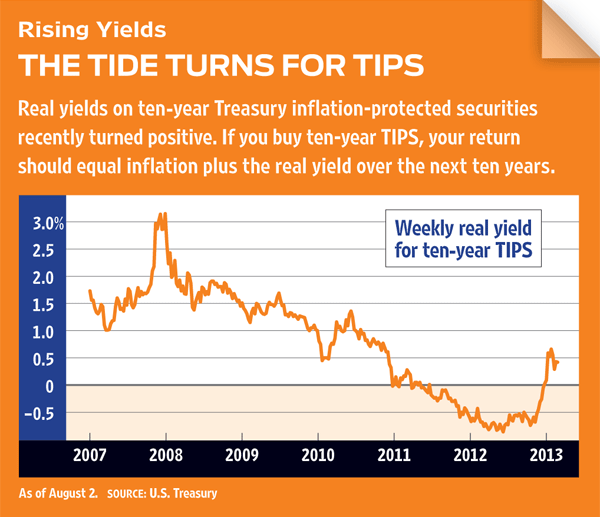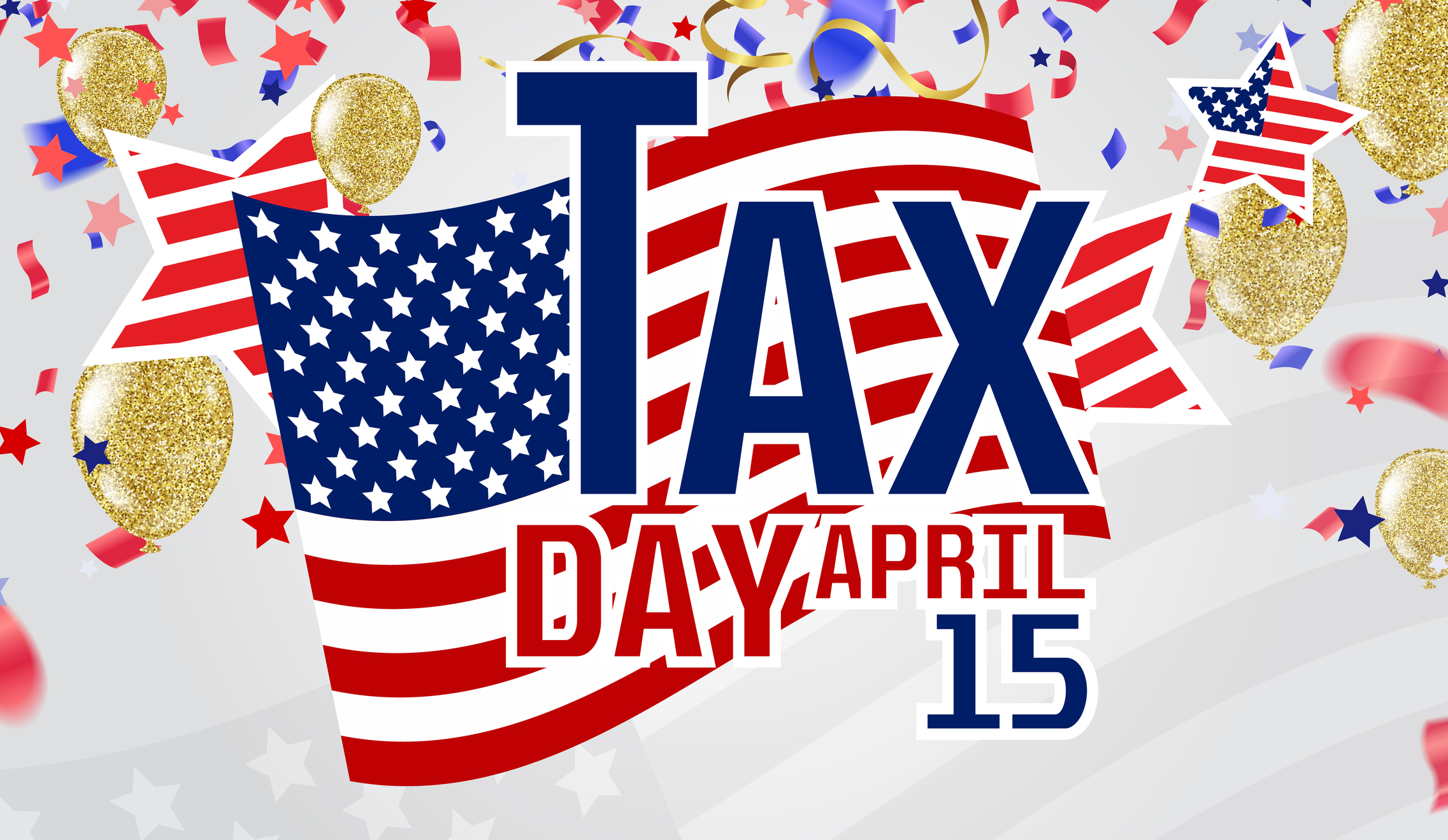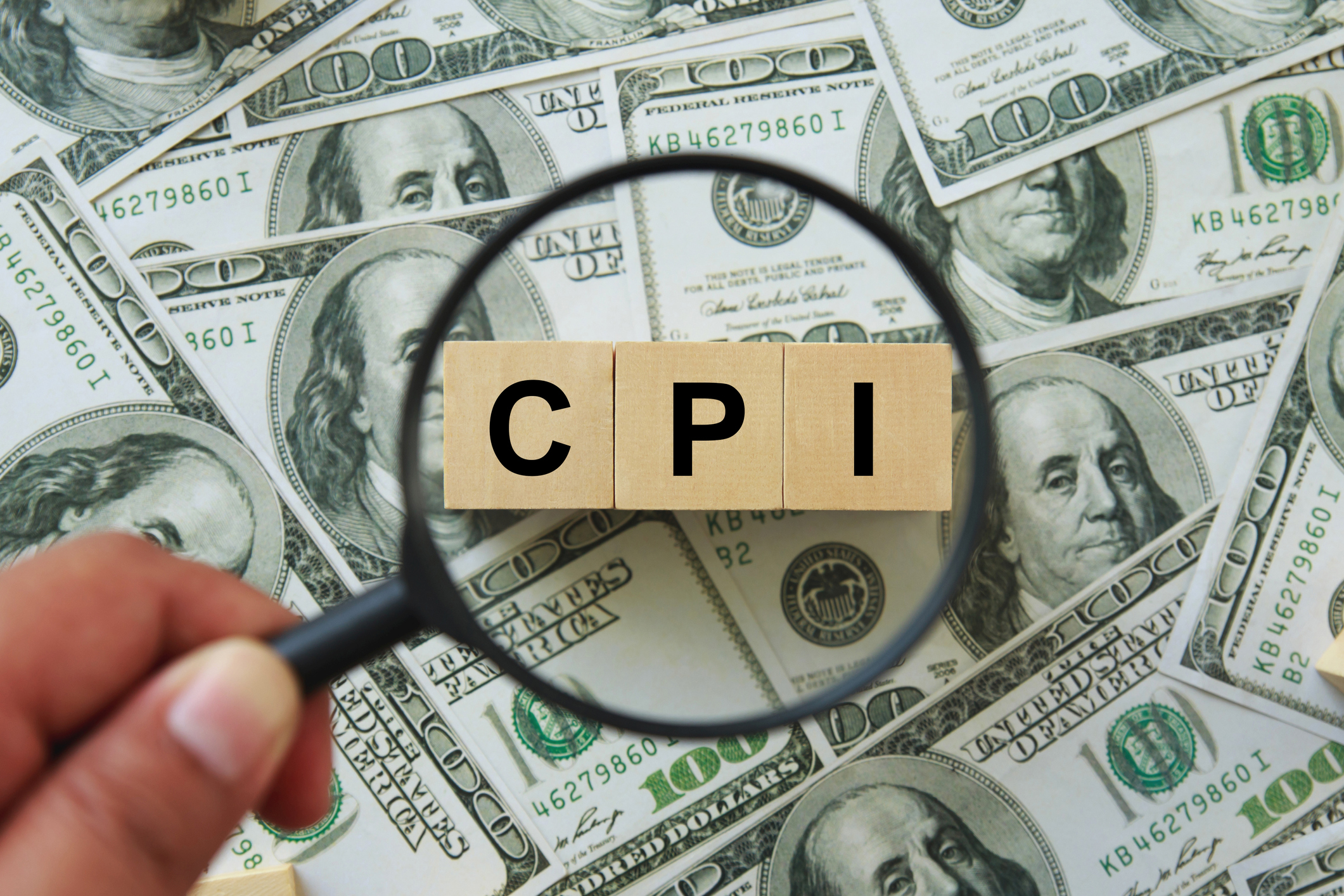Why You Still Need TIPS
Treasury inflation-protected securities will safeguard your buying power.
Treasury inflation-protected securities are the go-to income investments if you want to protect principal from the ravages of inflation. But there’s a problem: TIPS can lose money and can do so surprisingly quickly.
The downside of TIPS came to light over the spring and early summer, when global credit markets sank in response to suggestions by the Federal Reserve that it might cut back its easy-money policies. TIPS tumbled, too. From May 2 through June 24, a Barclays index of U.S. TIPS with maturities of at least one year plunged 9%.
How they work. Introduced in the 1990s, TIPS are Treasury bonds that are linked to the consumer price index. Interest is paid twice a year, and the bonds’ principal value increases with inflation and decreases with deflation. When the bond matures, you receive either the inflation-adjusted principal plus interest or, in the event of deflation, the original principal plus interest.

Sign up for Kiplinger’s Free E-Newsletters
Profit and prosper with the best of expert advice on investing, taxes, retirement, personal finance and more - straight to your e-mail.
Profit and prosper with the best of expert advice - straight to your e-mail.
In recent years, investors have poured money into TIPS and other Treasury bonds as a hedge against turmoil in Europe and other parts of the world. Investors also worried that the Fed’s massive bond-buying program would spark inflation. Because of the strong demand, TIPS prices rose, and their yields, which move in the opposite direction, turned negative. (A negative TIPS yield means your return will be less than the change in consumer prices.)
But when chairman Ben Bernanke suggested that the Fed might soon back away from its bond purchases, the fixed-income market—including TIPS—went into a tizzy. Not only did investors flee TIPS under the threat of higher rates, but inflation was nowhere to be found, a terrible combination for TIPS holders.
Some good news did come out of the bond rout. As prices fell, yields on ten-year TIPS became positive for the first time in a year and a half. As of August 2, the real, or inflation-adjusted, yield on ten-year TIPS is 0.42%. That means if you were to buy a ten-year TIPS today, your annual return over the holding period would be roughly the inflation rate plus 0.42 percentage point.
So are TIPS bargains now? To see whether TIPS make sense, experts look at the so-called break-even rate. That’s the difference between yields on TIPS and yields on regular Treasuries, recently 2.6 percentage points on bonds with ten-year maturities. Annual inflation would have to average more than 2.6% for investors to earn more on TIPS than they would on regular Treasuries. Over the past year through June, consumer prices climbed 1.8%, but inflation has averaged about 3% annually for most of the past century.
Most investors should hold TIPS. Think of them as a way of hedging against future erosion of your purchasing power—with some volatility along the way, to be sure, but with less volatility than many other inflation hedges, such as gold.
Morningstar analyst Michelle Canavan suggests investing in TIPS with short maturities, which are less sensitive to rising rates than TIPS with long maturities. Consider Vanguard Short-Term Inflation-Protected Securities Index Fund (symbol VTAPX), which was launched last October, or its exchange-traded sibling, which trades under the symbol VTIP. Both versions show a current negative yield of about 1%. Year-to-date through August 2, the mutual fund version lost 1.1%. Expenses are just 0.10% per year.
Funds and ETFs offer convenience, but if you want a guarantee that you’ll get your principal back at maturity, you can buy TIPS directly from Uncle Sam without commission at www.treasurydirect.gov. TIPS are sold in maturities of five, ten and 30 years; the minimum purchase is $100.
You don’t have to rush into TIPS. But if you’re investing for the long haul, keep in mind that although inflation has been mild and may stay low for a while, it rarely disappears entirely.

Get Kiplinger Today newsletter — free
Profit and prosper with the best of Kiplinger's advice on investing, taxes, retirement, personal finance and much more. Delivered daily. Enter your email in the box and click Sign Me Up.
-
 Who Pays the Most Taxes in the U.S.? Tax Burden by Age
Who Pays the Most Taxes in the U.S.? Tax Burden by AgeTax Burden Polls show that most people feel like taxes are unfair. But which age group bears the brunt of the tax burden in the United States?
By Kelley R. Taylor
-
 Tax Day 2025: Don’t Miss These Freebies, Food Deals and Discounts
Tax Day 2025: Don’t Miss These Freebies, Food Deals and DiscountsTax Day You can score some sweet deals on April 15 in some select restaurants like Burger King, Shake Shack, and more.
By Gabriella Cruz-Martínez
-
 CPI Report Puts the Kibosh on Rate Cuts: What the Experts Are Saying About Inflation
CPI Report Puts the Kibosh on Rate Cuts: What the Experts Are Saying About InflationCPI Consumer price inflation reared its ugly head to start the year, dashing hopes for the Fed to lower borrowing costs anytime soon.
By Dan Burrows
-
 Fed Leaves Rates Unchanged: What the Experts Are Saying
Fed Leaves Rates Unchanged: What the Experts Are SayingFederal Reserve As widely expected, the Federal Open Market Committee took a 'wait-and-see' approach toward borrowing costs.
By Dan Burrows
-
 CPI Report Keeps the Fed on Track: What the Experts Are Saying About Inflation
CPI Report Keeps the Fed on Track: What the Experts Are Saying About InflationCPI Disinflation in key areas of consumer prices should help the Federal Reserve stick to its policy path of gradual cuts to interest rates.
By Dan Burrows
-
 Blowout December Jobs Report Puts Rate Cuts on Ice: What the Experts Are Saying
Blowout December Jobs Report Puts Rate Cuts on Ice: What the Experts Are SayingJobs Report The strongest surge in hiring since March keeps the Fed on hold for now.
By Dan Burrows
-
 Fed Sees Fewer Rate Cuts in 2025: What the Experts Are Saying
Fed Sees Fewer Rate Cuts in 2025: What the Experts Are SayingFederal Reserve The Federal Reserve cut interest rates as expected, but the future path of borrowing costs became more opaque.
By Dan Burrows
-
 CPI Report Casts Doubt on Rate Cuts in 2025: What the Experts Are Saying About Inflation
CPI Report Casts Doubt on Rate Cuts in 2025: What the Experts Are Saying About InflationCPI November Consumer Price Index data sealed the deal for a December rate cut, but the outlook for next year is less certain.
By Dan Burrows
-
 Rebound in Jobs Growth Keeps Fed on Track: What the Experts Are Saying
Rebound in Jobs Growth Keeps Fed on Track: What the Experts Are SayingJobs Report No nasty surprises in the November payrolls data leaves a quarter-point cut in play.
By Dan Burrows
-
 October CPI Report Hits the Mark: What the Experts Are Saying About Inflation
October CPI Report Hits the Mark: What the Experts Are Saying About InflationCPI While the current pace of rising prices appears to have leveled off, the expected path of rate cuts has become less certain.
By Dan Burrows